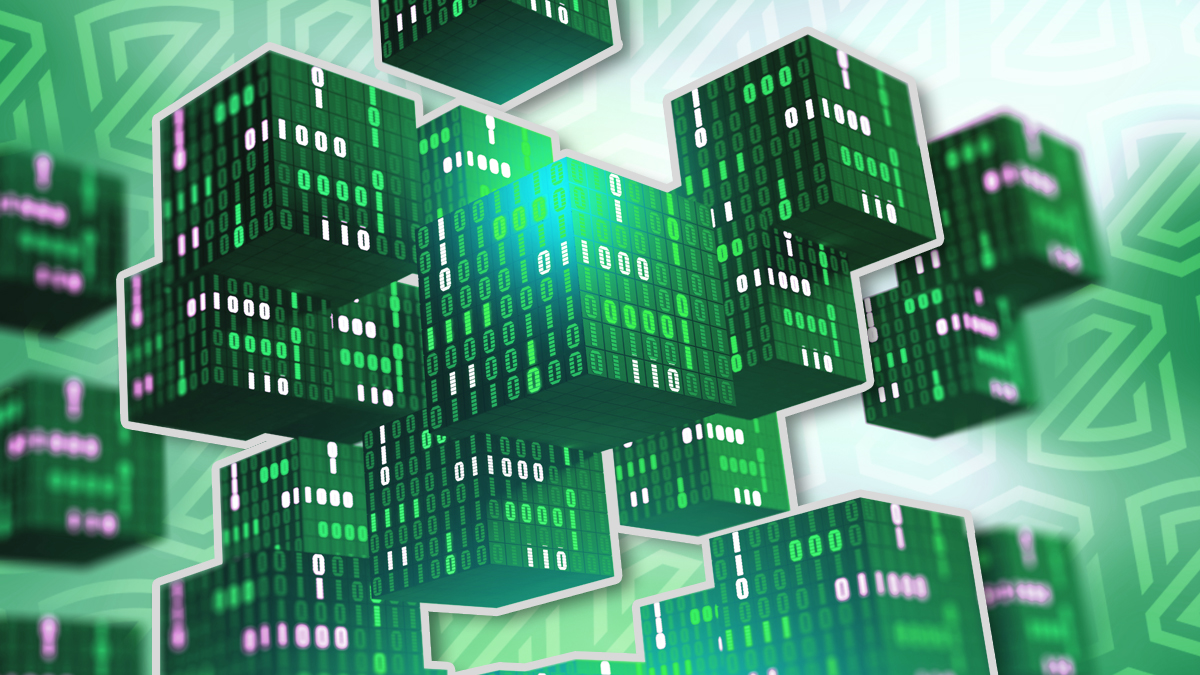
We at ZorroSign recognize that the technology industry is constantly evolving and changing. As new innovations are created and others evolve, we find it important to stay on top of these trends so that we can provide our customers with the most current, useful and secure technology possible.
A report by Fortune Business Insights predicts that the global blockchain market will grow from $7.18 billion in 2022 to $163.83 billion by 2029. With that explosion in growth, here are some recent trends to keep your eye on as more and more blockchain solutions come to market . . .
Environmentally-Friendly Blockchains
While blockchain has brought about amazing transformation in businesses and the tech space, one of the largest obstacles for a future of blockchain is the excessive use of energy needed to run proof-of-work blockchains.
“Bitcoin uses more electricity per transaction than any other method known to mankind,” said Microsoft founder, Bill Gates, in a live-streamed Clubhouse session with CNBC’s Andrew Ross Sorkin in 2021. “And so it’s not a great climate thing.”
However, evolving trends in blockchain technology increasingly focus on developing “greener” blockchain systems. Solutions like carbon offsetting and focusing on bringing less energy-intensive proof-of-stake blockchain architectures are introducing more environmentally-friendly blockchains.
“With the rise of blockchain technology, a number of platforms have emerged that are allowing users to reduce their overall energy consumption by a huge margin,” notes a recent article in Finance Magnates. “For example, Cardano reportedly consumes only 6 GWh of power per annum, while Stellar (XLM), Iota (MIOTA), and Tron, also have extremely low power needs.”
Furthermore, one of the most popular blockchain networks, Ethereum, is moving to a proof-of-stake algorithm this month with “The Merge.” This proof-of-stake validation offers a more sustainable solution for enterprises attempting to make the jump towards greener blockchains.
Blockchain-as-a-Service (BaaS)
At the intersection of blockchain and cloud computing can now be found Blockchain as a Service (BaaS)—a service offering that allows businesses to use cloud-based solutions to develop, host and adopt their own blockchain applications, smart contracts and other relevant functions on the blockchain. Here, the cloud-based IT partner or service provider manages all the required tasks and activities to keep the distributed ledger infrastructure up and running.
BaaS allows organizations to focus on operations and key tasks, and it reduces the technical difficulties and the need to purchase expensive technology solutions. Based on the Software-as-a-Service (SaaS) model, this third-party service delivers the installation, configuration, monitoring, and maintenance of the infrastructure. Moreover, this blockchain technology trend offers the ability to take benefit of blockchain features without the need to learn difficult coding.
Companies like Amazon, IBM, Microsoft, SAP, and others have already implemented it BaaS and we will continue to see other businesses make the leap.
Metaverse and Web3
Web3 refers to the next generation of the internet that will be decentralized, open, and run on blockchain. In its current form, web2 is overwhelmingly dominated by Big Tech corporations that use, control, and monetize the personal data of its users.
The dream of web3 is to break the centralization of information and democratize the Internet more to the vision of its earliest founders. “Web3,” claims Chris Dixon from Andreesen Horowitz in an article in The Economist, “combines the decentralized, community-governed ethos of web1 with the advanced, modern functionality of web2.”
Web3 “will be based on the convergence of emerging technologies like blockchain, artificial intelligence (AI), machine learning and augmented reality,” notes Neeti Aggarwal and Dandreb Salangsang in The Asian Banker. “It will be characterized by decentralized data, a more transparent and secure environment, machine cognitive intelligence and three-dimensional design.”
Web3 advocates claim that the technology will give users back control over their data through decentralized applications.
The metaverse is essentially described as an immersive 3D world that users can transport themselves into for work, play, and communication by using a combination of VR, AR, and other advanced technologies. Blockchain is a driving force behind many aspects of the Metaverse, including NFTs, gaming, payment methods, virtual real estate, and even identity authentication.
The idea of the metaverse is sometimes inaccurately conflated with Web3. But while it’s built on Web3, the metaverse—or metaverses, given that there are many—is about user experience and arguably about web culture as much as the tech on which it relies.
The metaverse will become a virtual world that will provide its users with unforgettable digital experiences. And built on blockchain technologies, the more popular the metaverse becomes, then the more blockchains are deployed and engaged.
At ZorroSign, we love learning the latest trends in blockchain technology so that we can continue to provide the most secure and user-friendly digital signatures platform available. Put our blockchain to the test by signing up for a free trial at https://www.zorrosign.com/new/.